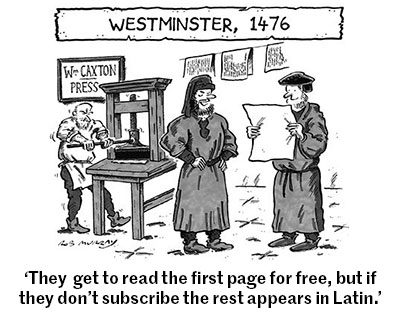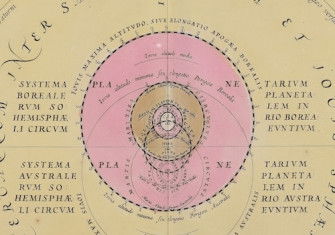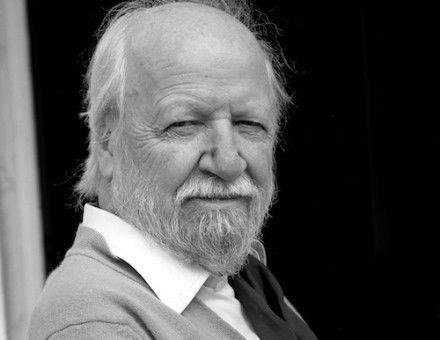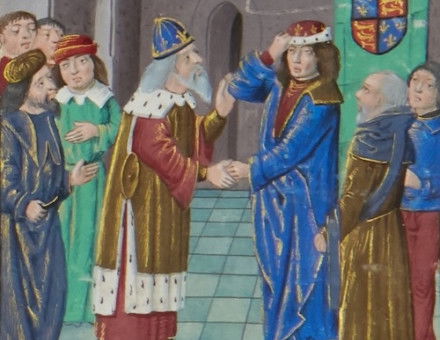Galileo’s Telescopes: Seeing is Believing
Few events in history have proved as momentous as Galileo’s discovery of the moons of Jupiter. But would sharing his findings mean sharing his telescope?
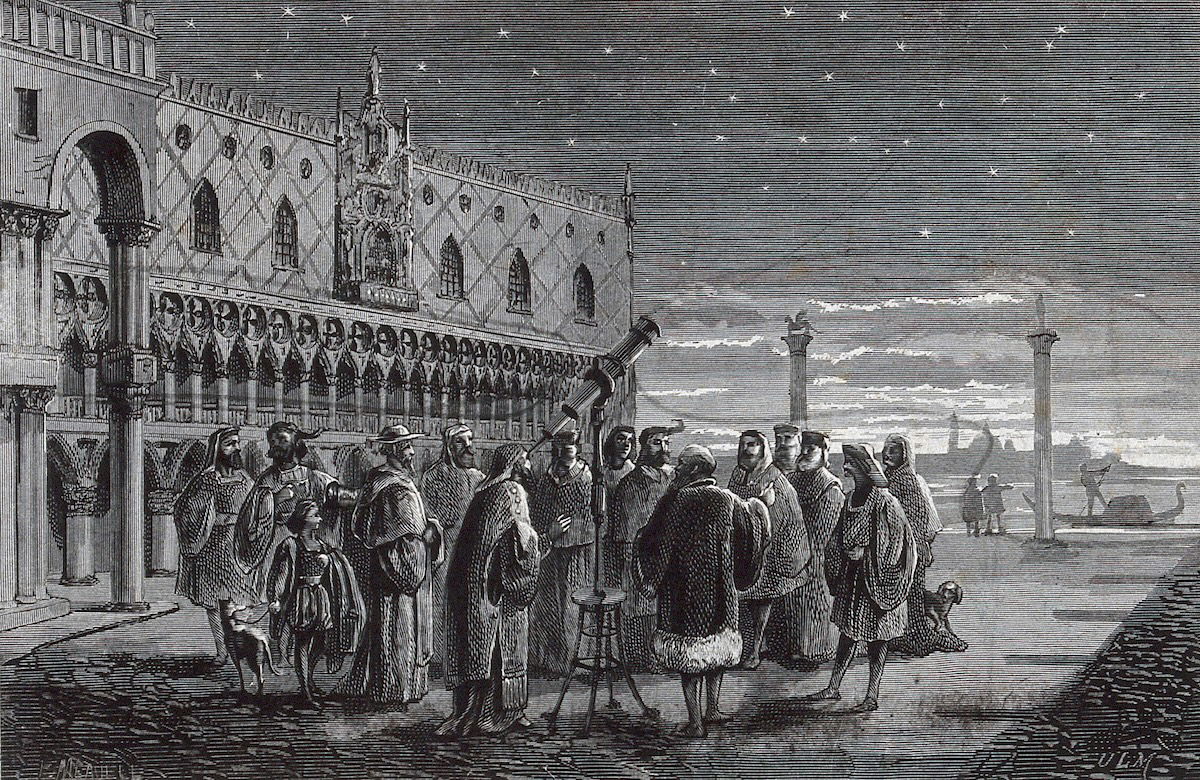
Four hundred years ago, Galileo Galilei (1564-1642) was in a state of anxiety. In January, he had discovered four moons orbiting Jupiter. In March, he had published this and other remarkable discoveries made with his improved telescope in Sidereus Nuncius (‘The Starry Messenger’). But by the summer, he was becoming profoundly alarmed. He had offered philosophers and mathematicians in Venice, Padua, Florence, Pisa and Bologna the chance to look through his telescope and confirm his discoveries. Some, including Cremonini, the highest-paid academic in Italy and a good friend of Galileo’s, had simply refused. Others had looked, but had said they could not see what on earth he was talking about. Only Kepler in Germany had come out in his support, but he had yet to get hold of a decent telescope, so had not seen the moons for himself. He was prepared to believe Galileo because he – and hardly anyone else – shared Galileo’s Copernicanism.



